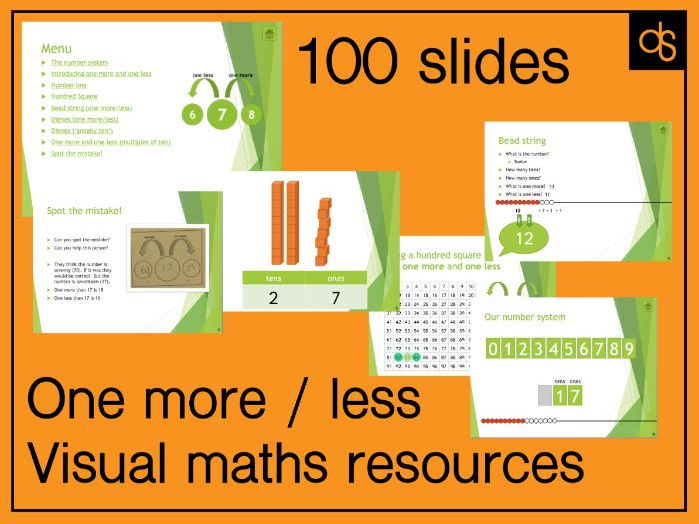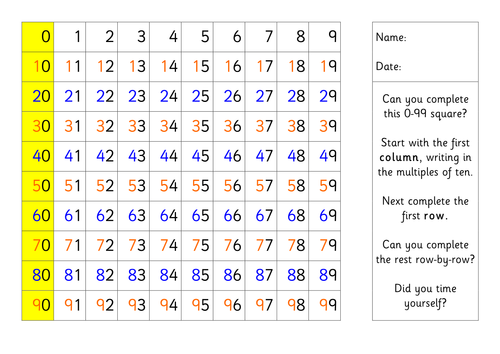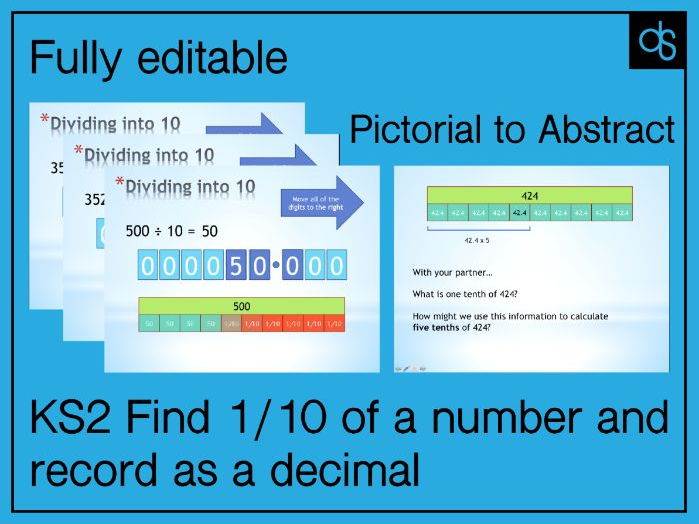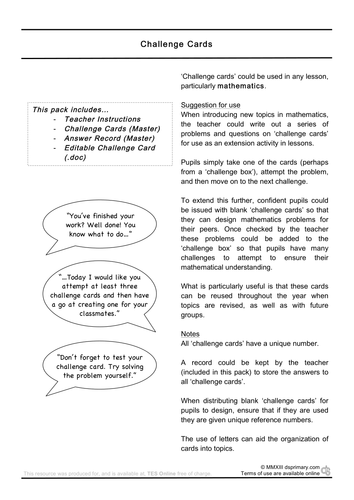
19Uploads
35k+Views
11k+Downloads
Mathematics

Place Value Toolbox
This is an interactive whiteboard file which can be used to teach place value and exchange in mathematics. Use to present numbers in different ways under H T U as well as to bridge informal calculation to formal written methods.

One More / One Less Visual Maths Resource Lesson Presentation
A powerpoint that I created with over 100 slides to support my teaching of one more / less to KS1 children.
This powerpoint is very thorough and makes reference to:
-number lines
-bead strings
-hundred square etc.
These slides could be used as a series of starters, or as a main input. Adapt the resources and make worksheets for your class etc.
Enjoy!

0-99 Square. Can you write all of the numbers? Looking at patterns
This is a very simple resource for supporting children in correctly writing numbers to 99. A teacher presentation is included to talk through and patterns are clearly shown with colours and the alignment of the digits.
Perfect for supporting Year 1 NPV Objectives

Investigate one tenth 1/10 of a number and write it as a decimal
This lesson and associated resources have been designed to support teaching of the NC objective: recognise and write decimal equivalents of any number of tenths or hundredths. This lesson focuses on tenths.
This resource includes a PowerPoint that can be used by a teacher to support the children's understanding. Clear references are made to bar modelling to ensure the children can visualise and understand the maths.
Included:
Lesson Presentation (editable, you can change the numbers if you wish)
Bar model templates
Pupil questions for fluency and problem solving

Blank Pupil Challenge Cards
First contribution. Feedback gratefully received :)
When introducing new topics in mathematics, the teacher could write out a series of problems and questions on ‘challenge cards’ for use as an extension activity in lessons.
Pupils simply take one of the cards (perhaps from a ‘challenge box’), attempt the problem, and then move on to the next challenge.
To extend this further, confident pupils could be issued with blank ‘challenge cards’ so that they can design mathematics problems for their peers.





